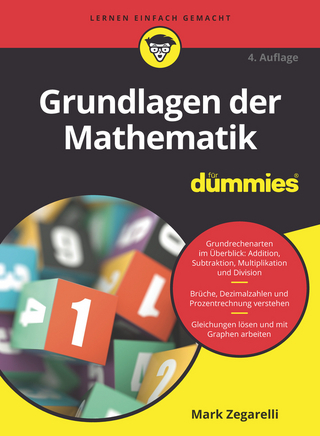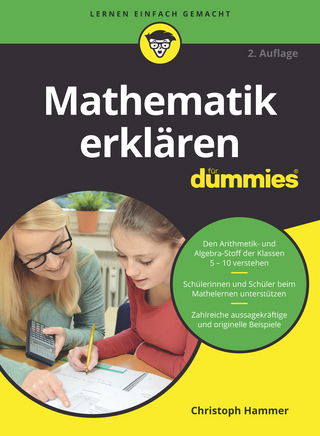
The Bone-Setters
An Algebraic Odyssey
Seiten
2019
Matador (Verlag)
978-1-78901-616-1 (ISBN)
Matador (Verlag)
978-1-78901-616-1 (ISBN)
- Titel ist leider vergriffen;
keine Neuauflage - Artikel merken
In pre-Revolutionary France, geometry merged with algebra to form the basis of the Calculus. The roots of algebra came out of the searing sun of the Indian sub-continent at a time when Hindu astronomy and the maths it came with, far surpassed everyone else in the world.
In pre-Revolutionary France, geometry merged with algebra to form the basis of the Calculus. But the journey algebra had taken to this pivotal moment could not have been more different to that of geometry.
In The Bone-Setters, J.F. Riley traces algebra’s roots from the searing sun of the Indian sub-continent, to the Middle East where it was gifted to the Arabs in AD773. When developed and transported to the West, it met the established Christian Church head-on not only because it heralded from the East but was also written in strange, if not demonic symbols that ... was dangerous Saracen magic.
As the mathematics of anything ‘unknown’, algebra found many applications in the age of exploration and the mathematical adventures of artists, sculptures and architects. Not least to take advantage were the accountants and bankers ever watchful of their red columns. Renaissance algebraists accepted the many challenges the new mathematics presented, but not without their fair share of ongoing feuds that seemed to be the hallmark of any new discovery. Algebra’s cloak of respectability finally came to rest in early 17th century France when it emerged as the all-powerful uniting discipline that destiny had long reserved for it.
In pre-Revolutionary France, geometry merged with algebra to form the basis of the Calculus. But the journey algebra had taken to this pivotal moment could not have been more different to that of geometry.
In The Bone-Setters, J.F. Riley traces algebra’s roots from the searing sun of the Indian sub-continent, to the Middle East where it was gifted to the Arabs in AD773. When developed and transported to the West, it met the established Christian Church head-on not only because it heralded from the East but was also written in strange, if not demonic symbols that ... was dangerous Saracen magic.
As the mathematics of anything ‘unknown’, algebra found many applications in the age of exploration and the mathematical adventures of artists, sculptures and architects. Not least to take advantage were the accountants and bankers ever watchful of their red columns. Renaissance algebraists accepted the many challenges the new mathematics presented, but not without their fair share of ongoing feuds that seemed to be the hallmark of any new discovery. Algebra’s cloak of respectability finally came to rest in early 17th century France when it emerged as the all-powerful uniting discipline that destiny had long reserved for it.
Originally from Derby, John F. Riley now lives in Queensland, Australia. He has spent his working life as a research practitioner in mineralogy, petrology and crystallography in the base-metal mining industries of Africa and Australia. This book is a companion volume to All is Change, about the evolution of the Calculus and continues his interest in the fundamentals of mathematics.
| Erscheinungsdatum | 31.01.2019 |
|---|---|
| Verlagsort | Market Harborough |
| Sprache | englisch |
| Maße | 138 x 216 mm |
| Themenwelt | Mathematik / Informatik ► Mathematik ► Allgemeines / Lexika |
| Mathematik / Informatik ► Mathematik ► Algebra | |
| Mathematik / Informatik ► Mathematik ► Analysis | |
| Mathematik / Informatik ► Mathematik ► Geschichte der Mathematik | |
| ISBN-10 | 1-78901-616-9 / 1789016169 |
| ISBN-13 | 978-1-78901-616-1 / 9781789016161 |
| Zustand | Neuware |
| Haben Sie eine Frage zum Produkt? |
Mehr entdecken
aus dem Bereich
aus dem Bereich


